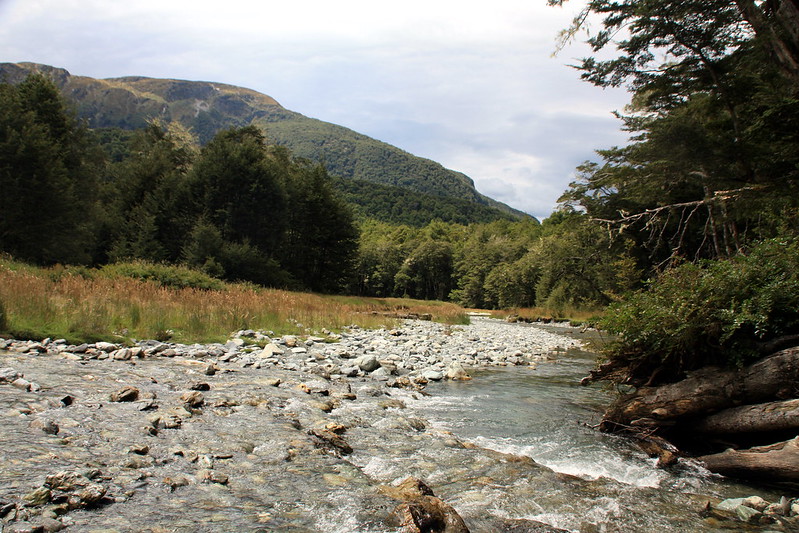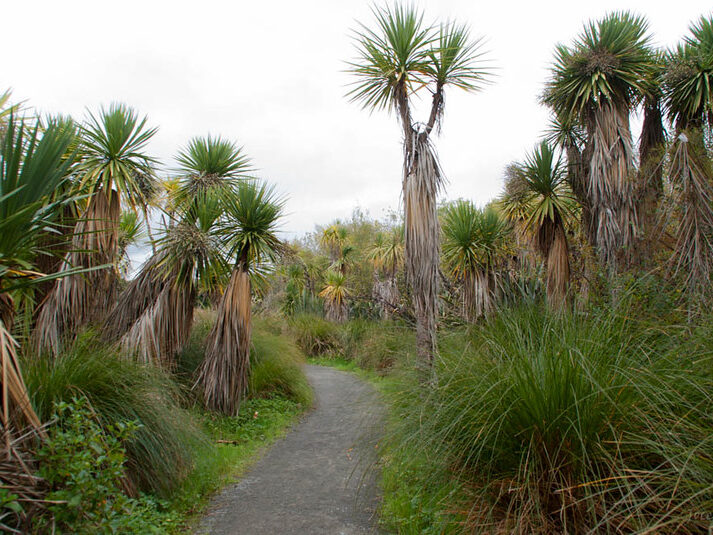ON THIS PAGE
Below we summarise the pros and cons of trapping and/or using bait stations for targeting different types of mustelids. Weasels tend to be present in low numbers, so we mainly focus on ferrets and stoats.
Ferret, stoat and weasel control options
Before you begin your control programme, read our ferret facts, stoat facts and weasel facts to find out more about how they came to be here, their behaviour, their impact on our wildlife – and how to tell them apart.
Rodents and possums are also likely to be in the area so your predator control will need to target them as well – see our advice on how to target rats in the bush and how to target possums in the bush. See also our tips for predator control in more specific areas, such as on farms and wetlands.
Before you begin, you’ll also need to make sure you have permission to trap on the land (e.g. from private landowners, iwi, DOC or your local council, depending on the target area).
Your toolkit may include one or both of the following tools:
- Bait stations – effective over large areas with dense mustelid populations while saving time, money and resources. However, you must carefully consider any potential effects of toxins on the area. Other wildlife and livestock must not have access to toxins.
- Trapping – useful for ongoing control once ferret/stoat numbers are knocked down by toxins, but it’s a slower and potentially less effective method.
Trapping ferrets, stoats and weasels in the bush
The type of trap you choose will depend on your budget and the amount of time you have to check them. Modifications to traps might be required if kiwi, weka or other non-target species are present. Always wear gloves when handling your trap or catches.
Where to put your traps
DOC recommends setting stoat traps along the natural lie of the land, such as habitat perimeters, ridges, altitude contours, waterways (both sides if larger than a stream) and track and road edges. Set traplines no further than 800m–1km apart, with traps up to 200m apart. For intensive trapping operations, traps are spaced 100 m apart.
For bush areas <10ha no internal traps will be required as stoats will be within 200m of a trap.
For ferrets, traps can be placed on lines about 1km apart with a trap every 100m.
See how to set traplines for advice on where and how to set traplines.

What traps to use
DOC 250 (ferrets and stoats)
The DOC 250 trap catches both ferrets and stoats (they also catch rats and hedgehogs.) You can buy the DOC 250 from one of our key suppliers and stockists throughout NZ.
Goodnature Smart Trap (stoats only)
This is a more expensive option but resets and re-baits automatically. Good for targeting both stoats and rats. Refer to the manufacturer’s instructions for safely setting, baiting and checking your trap. You can buy the Smart Trap from our online shop.
DOC 150/200 (stoats/weasels only)
If you’re only targeting stoats and weasels, you can use DOC 150/200 wooden box traps with enlarged openings (4×4 mess squares). You can buy the DOC 200 from our online shop.
What bait to use
Serve up some salted rabbit (Erayz), fresh rabbit meat and eggs, Goodnature stoat lure, Mustelid & Rat Lure from Traps.co.nz, Connovation Eggsellent Lure or Best Foods Mayonnaise. DOC recommends alternating eggs with salted and fresh rabbit.
Bait stations for ferrets, stoats and weasels
Bait stations can save time, money and resources over large areas where ferret and stoat numbers are high. Toxic baits can be an effective knockdown tool to begin with, followed by trapping to keep numbers down. It is recommended that you alternate baiting with trapping for ongoing control over large areas. (For more, see ‘Trap, bait and equipment tips’).
Note: all tools have their advantages, limitations and consequences. Overuse of the same tool will reduce its effectiveness. Tool selection depends on habitat, scale, which predators are present, and how much time and money you put into it.
If you’re new to bait stations, read our introduction to bait stations first which includes an overview and safety advice.
Which toxic baits to use and when
Read our summary of baits, which includes a list of baits commonly used by community groups for targeting ferrets and stoats.

For definitions and explanations of first vs. second generation and single feed vs. multi feed, read our introduction to baits.
Where to put your bait stations
Place stations in a grid pattern along waterways, ridges and track edges – basically, sites that are easy to access.
For broad-scale control, place lines no further than 800m–1km apart, with stations up to 200m apart.
For more intensive control, space them 100m apart.
How to monitor results
To gauge the success of your ferret/stoat/weasel control:
- use chew cards or tracking tunnels before and after the control programme.
- record the number of ferrets/stoats/weasels trapped and/or the amount of bait taken.
- keep track of signs that ferrets/stoats/weasels have been hunting in the area, such as the carcasses of small animals and disturbed birds’ nests.
For more advice, go to ‘Is your predator control working?’

